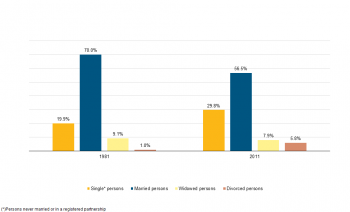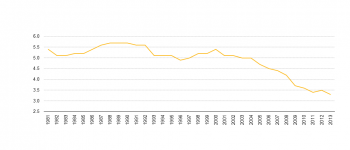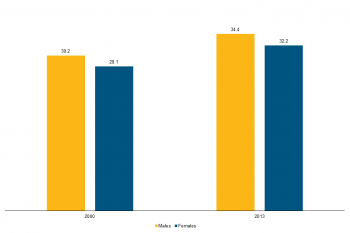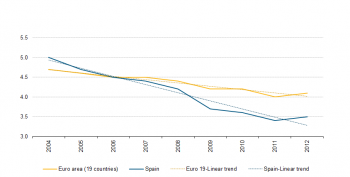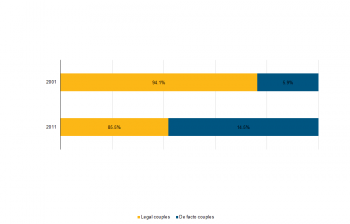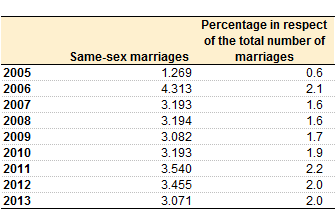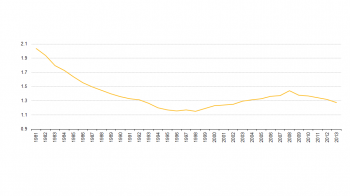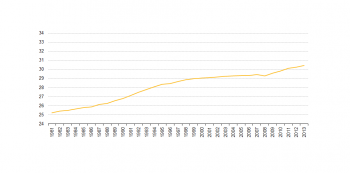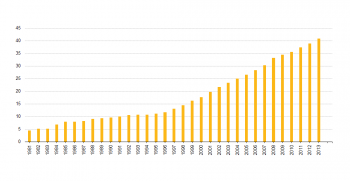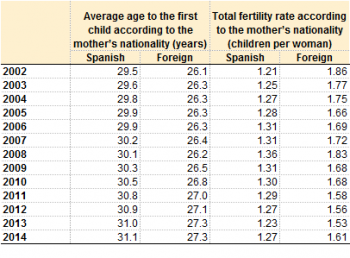Archive:Marriages and births in Spain
The nuptiality and fertility in Spain have changed over the last decades
- Author: INE Spain
- Data extracted in June 2015.
This article on marriages and births is part of a pilot project implemented by Eurostat together with eight Member States (Estonia, Spain, Latvia, Croatia, the Netherlands, Romania, Slovenia and Sweden). The aim of the pilot project is to better reply to user's needs by complementing the Eurostat article presenting data on an EU level with more detailed information on the same topic, but at national level. Articles from the eight Member States are available in the corresponding national languages as well as in English and they form, together with the Eurostat article, an online publication.
Main statistical findings
Spain is now one of the countries in Europe where children are born at a later age. Couples now get married less frequently than before and they also wait longer. Young people remain single longer, there are more consensual unions and more births outside marriage. The divorce rate has doubled over the last decade.
This is a noteworthy change in the traditional way of family formation. The law has been amended, giving rise to higher flexibility in the processes of couple formation and dissolution, and new models for living together have appeared alongside the traditional marriage model.
Married people prevail, but number of marriages goes down
According to the last census (2011) more than half of the adult population in Spain (56.5 %) is married. Single people[1] represent the second largest category (29.8 %) followed by widowed (7.9%) and divorced (5.8 %).
If we compare this data with the 1981 census, a rise in the percentage of single and divorced people, and a drop in that of married and widowed persons can be noticed .
When examining the evolution of marital status by age group it can be seen that being single has increased for people under 50 years. Divorces have spread to almost all ages, with the highest incidence between 35 and 65 years.
- ↑ Persons never married or in a registered partnership

